International Rivers regularly publishes and distributes print materials with the purpose of informing and educating the public about issues related to rivers. All of our materials are available for free, and can be downloaded from our website and reprinted without restriction.
More Reports & Publications can be found on The River Resource Hub.
Women and Rivers
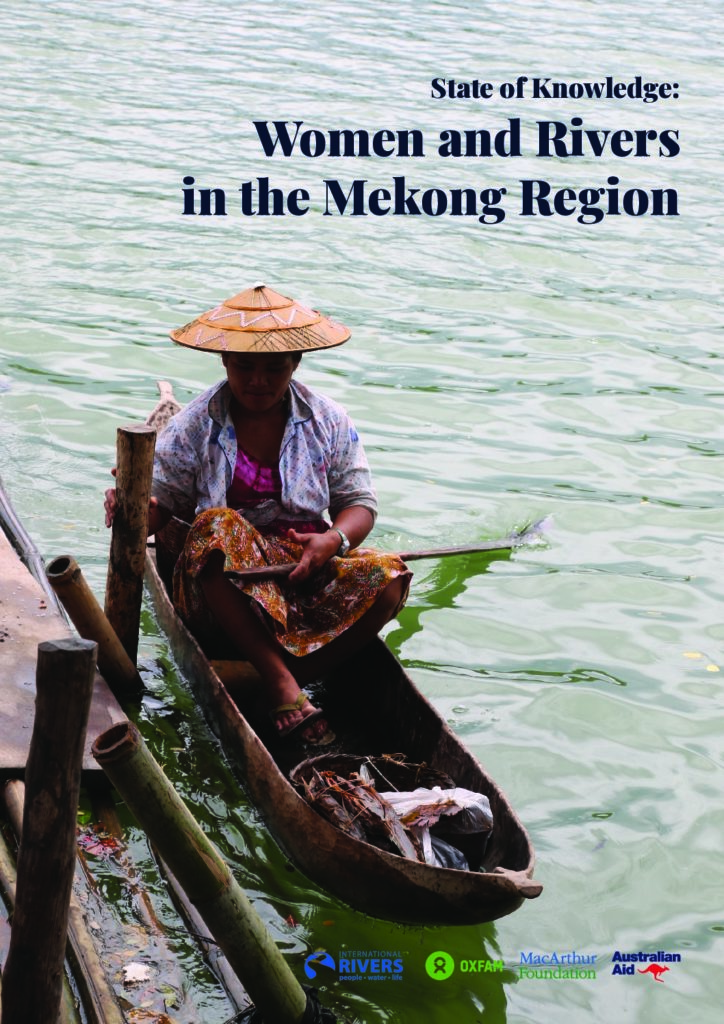
State of Knowledge: Women and Rivers in the Mekong Region (2020)
The State of Knowledge: Women and Rivers in the Mekong Region highlights women’s contributions—both actual and potential—to better governance, social, and environmental outcomes for rivers in the Mekong region. The report spotlights women’s achievements in water decision-making and river governance, but also the major barriers to their leadership and “visible” participation.
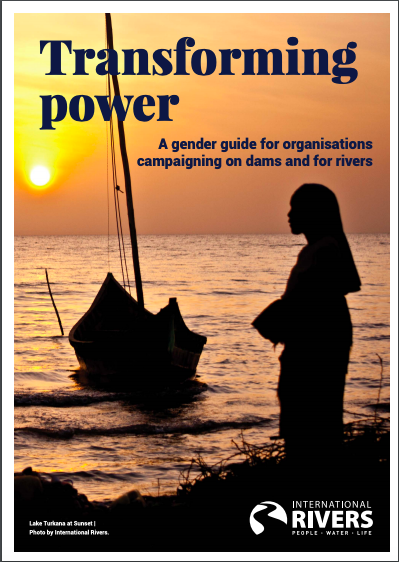
Transforming Power
A gender guide for organizations campaigning on dams and for rivers (2020)
Transforming Power, a gender guide for organizations campaigning on dams and for rivers was created as a tool to help CSOs, NGOs and grassroots community organizations strengthen their gender practice and encourage campaigning in ways that are gender-responsive in the interests of both women and men.
Freshwater Ecosystems and Permanent Legal Protection for Rivers
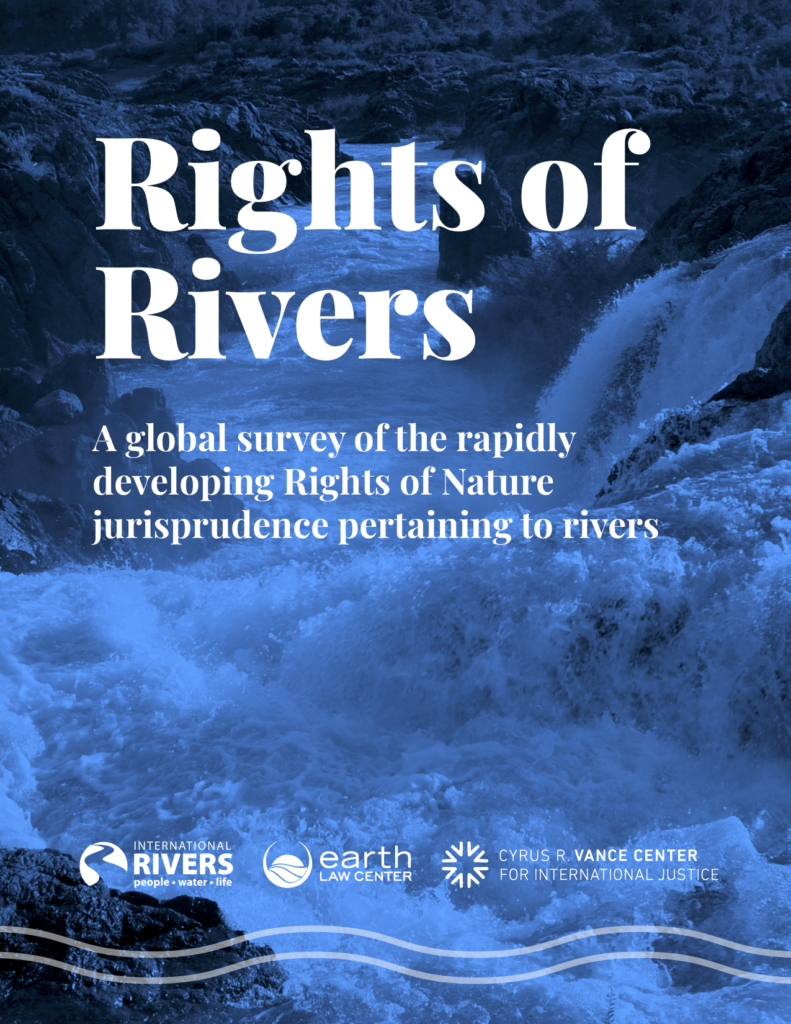
Rights of Rivers (2020)
Report by the Cyrus R. Vance Center for International Justice, Earth Law Center, and International Rivers finds that a movement to grant legal rights to rivers and nature is rapidly gaining momentum globally. The report examines how the ancient notion that nature possesses basic rights is being adopted in laws from New Zealand to Colombia.The report surveys just how these rights are enshrined and then examines the efficacy of these approaches to the extent possible, given the newness of these decisions and relative infancy of the global movement.
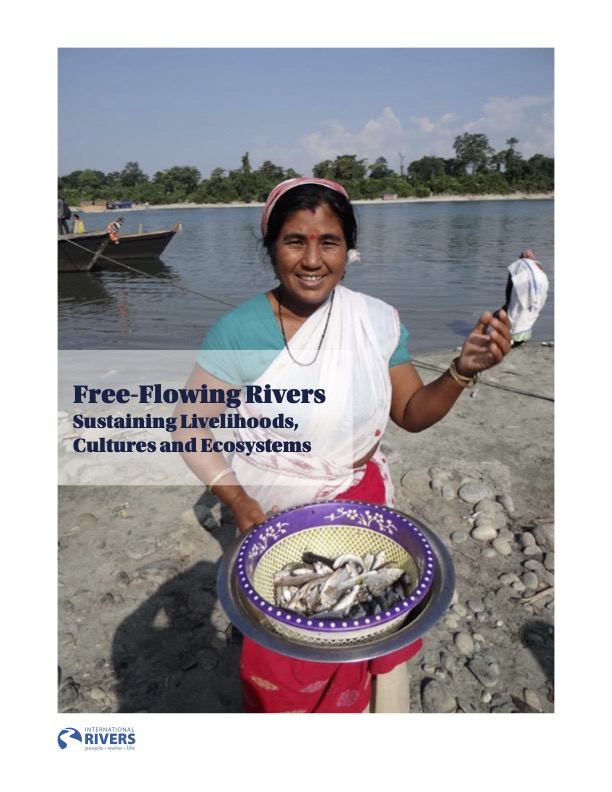
Free-Flowing Rivers: Sustaining Livelihoods, Cultures and Ecosystems (2018)
Free-flowing rivers are some of the rarest and most endangered ecosystems in the world. Today, damming of rivers has become so pervasive that across the world only 21 rivers longer than 1,000 kilometres remain undammed, retaining their connection to the sea.
Rivers have spectacular scenic and recreational value and are also the lifeblood of the communities who depend on them in myriad ways: they provide and support fish, farms, prayers and songs.
Holding the Dam Industry and Financiers Accountable
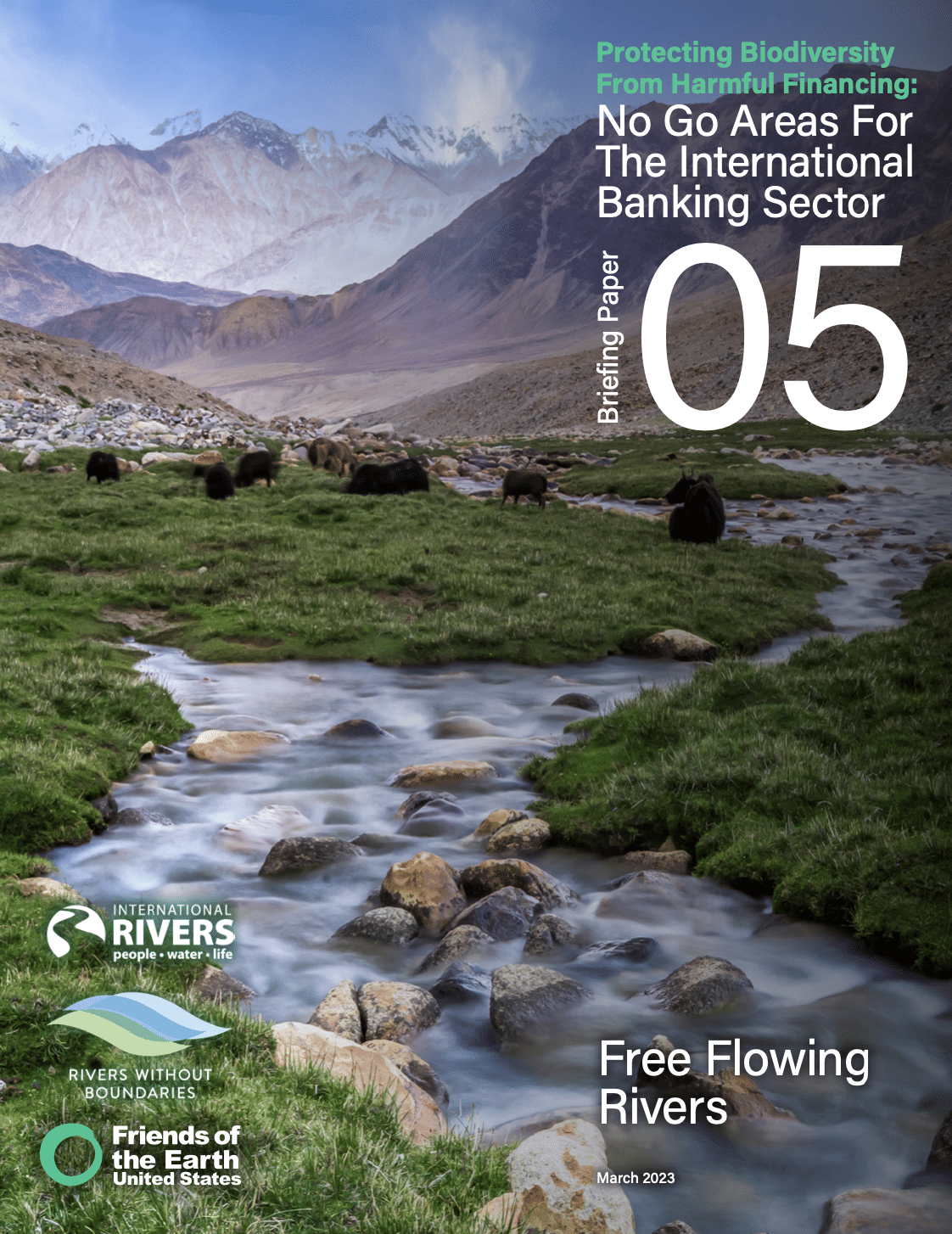
Protecting biodiversity from harmful financing: Free flowing rivers (2023)
International Rivers, Friends of the Earth US, and Rivers without Boundaries co-published a new briefing paper, “Protecting biodiversity from harmful financing: Free flowing rivers.” Published on World Water Day, the briefing paper explains why it is important for banks and financiers to prohibit direct and indirect financing to harmful activities which negatively impact or alter free-flowing rivers.
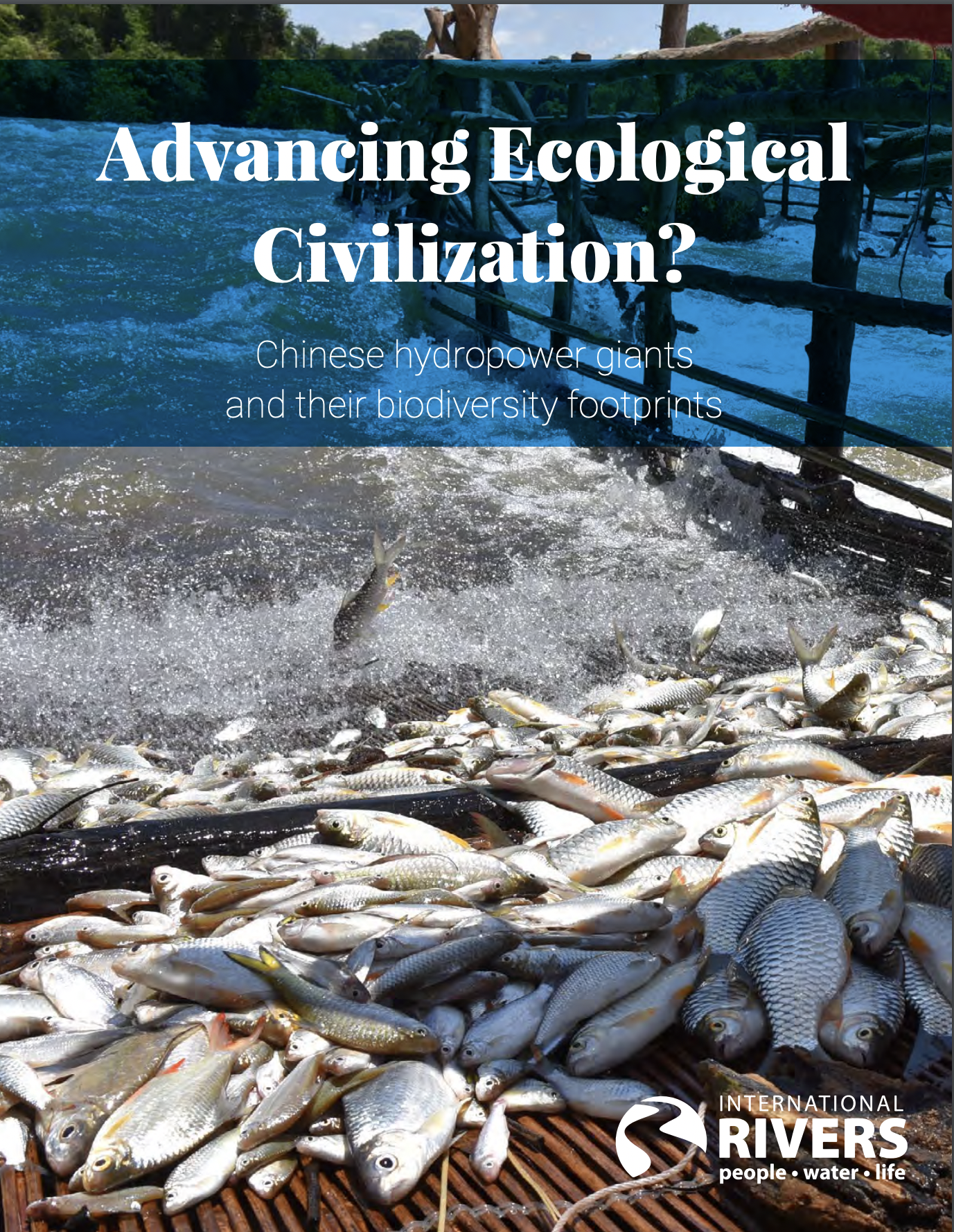
Advancing Ecological Civilization?: Chinese hydropower and their biodiversity footprints (2021)
Our report calls attention to the need for the world’s largest dam building companies to take urgent steps to address the increasing scale and severity of their biodiversity impacts. The report, Advancing Ecological Civilization?, examined the biodiversity footprint of the world’s two largest dam-builders, PowerChina and China Three Gorges and their subsidiaries, which between them are estimated to have well over half of the international hydropower construction market. It found that the companies lack clearly defined “no go” policies to exclude problematic projects, resulting in irreversible damage to some of the most ecologically sensitive sites and rarest species.
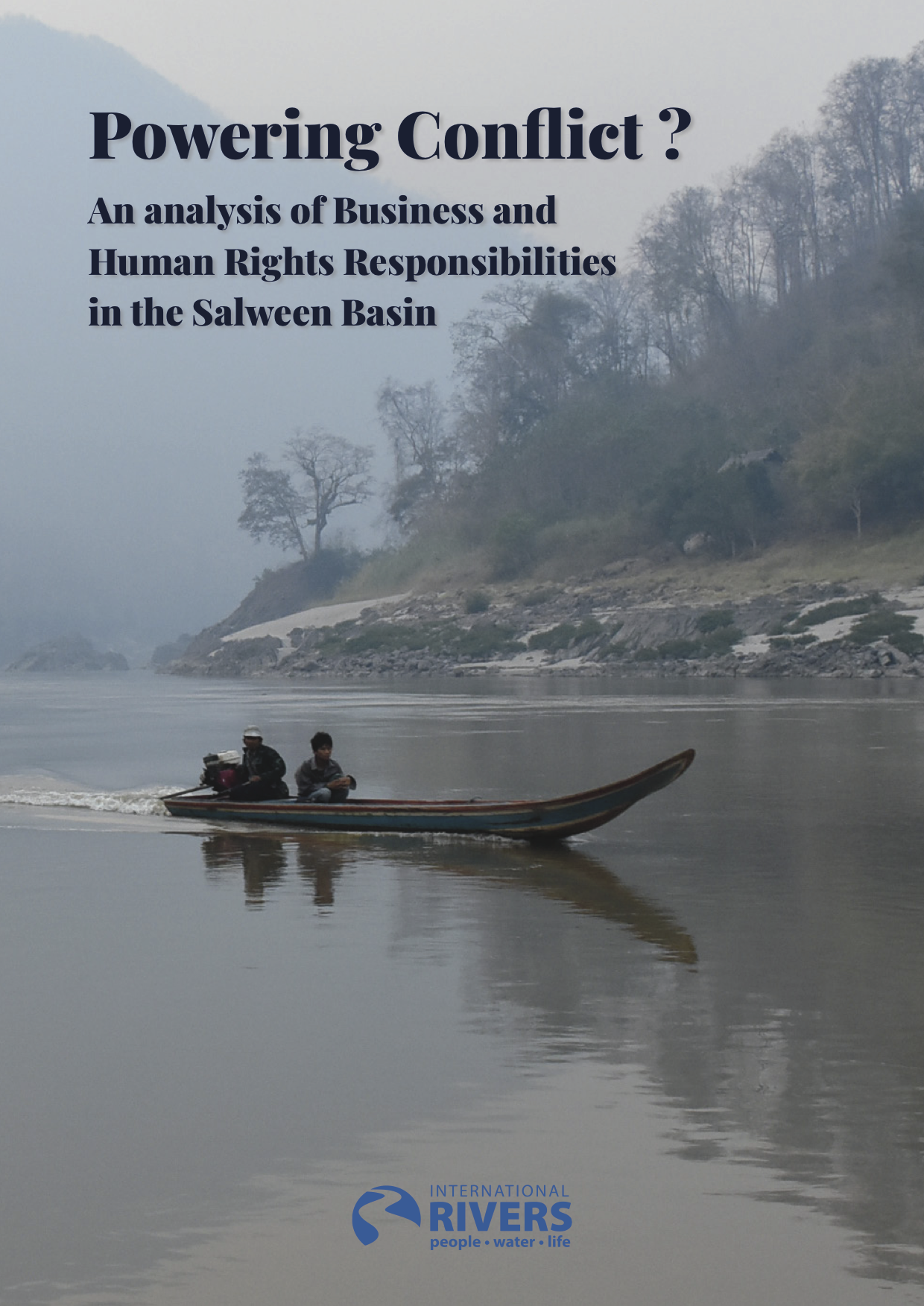
Powering Conflict: An Analysis of Business and Human Rights Responsibilities in the Salween Basin (2020)
Our report, ‘Powering Conflict: An Analysis of Business and Human Rights Responsibilities in the Salween Basin’ explores the relationship between conflict, hydropower development and business and human rights in the Salween Basin – one of Asia’s last remaining free-flowing rivers.
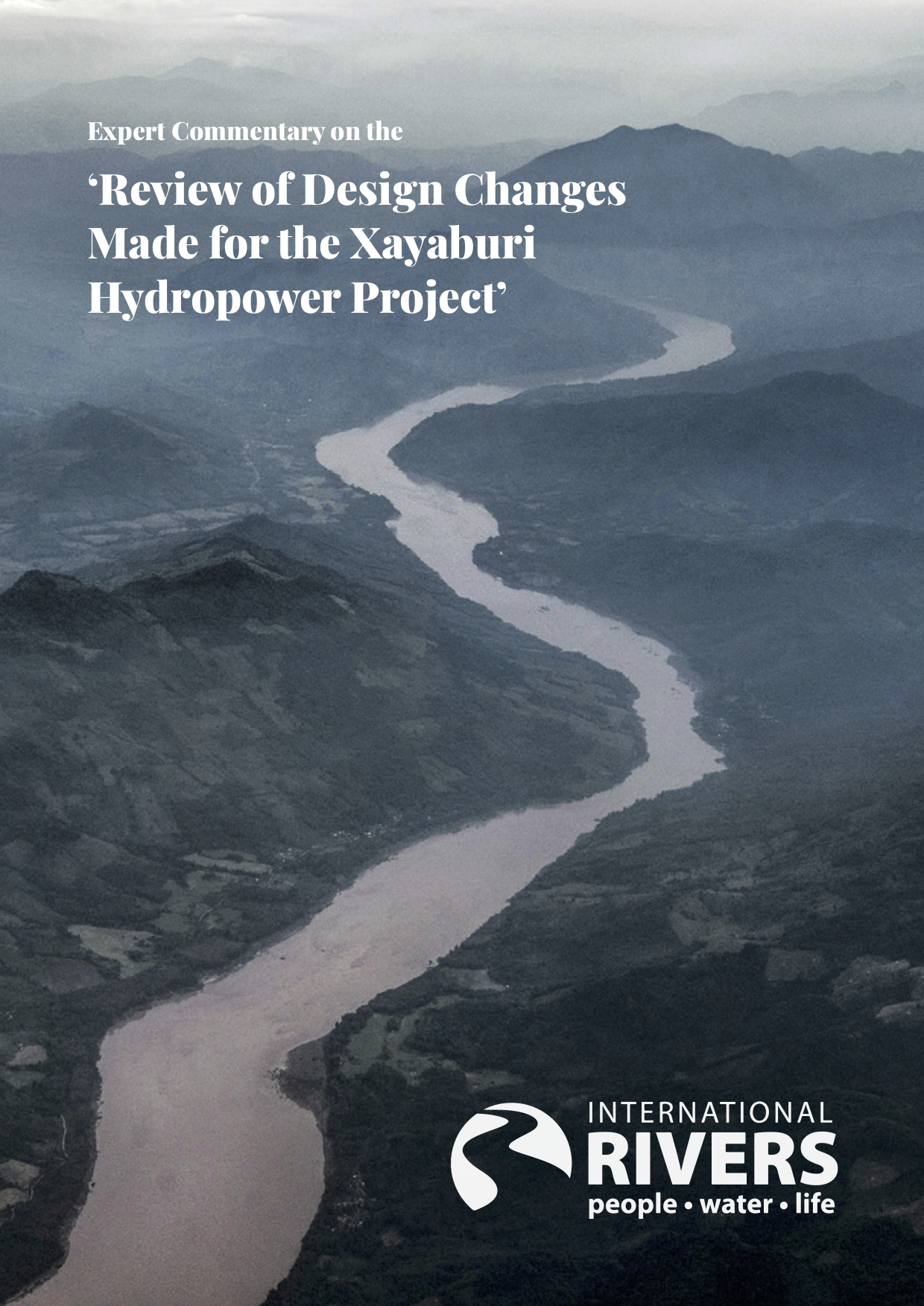
Review of the Design Changes of the Xayaburi Dam (2019)
In this report, International Rivers commissioned two experts to provide comments on the Mekong River Commission’s ‘Review of Design Changes Made for the Xayaburi Hydropower Project’ (the ‘MRC Review’), which was released in early 2019. The MRC Review examines information provided by the Government of Laos and the project developer about the redesign of the Xayaburi Hydropower Project. The MRC Review assessed this information against the findings and recommendations of the MRC’s original Xayaburi Technical Review Report (TRR), which was produced by the MRC during the Xayaburi Prior Consultation procedure.
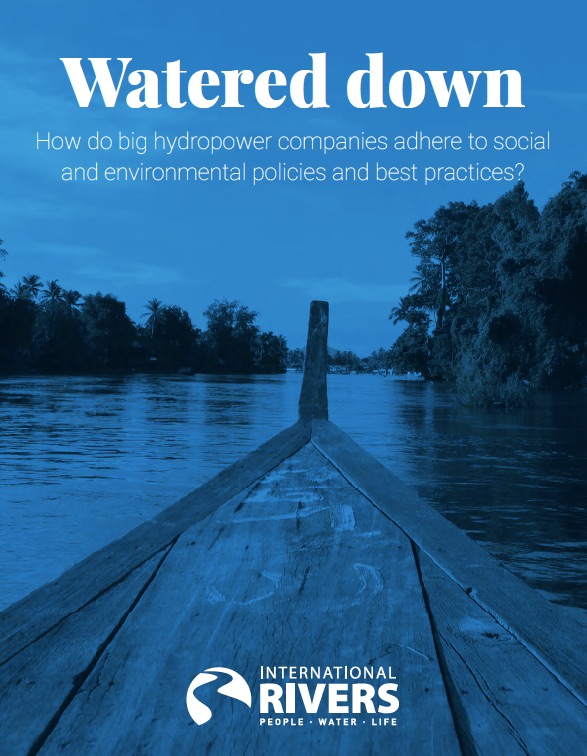
Watered Down: Do big hydropower companies adhere to social and environmental policies and best practices? (2019)
This report provides context for this situation and features seven in-depth case studies of dams at final stages of completion. The intention of this report is to provide an incentive and justification for these corporations to compete on their environmental and social track records rather than simply on financial grounds.
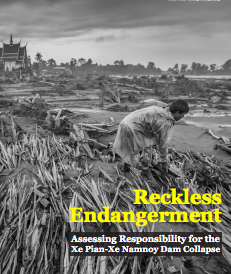
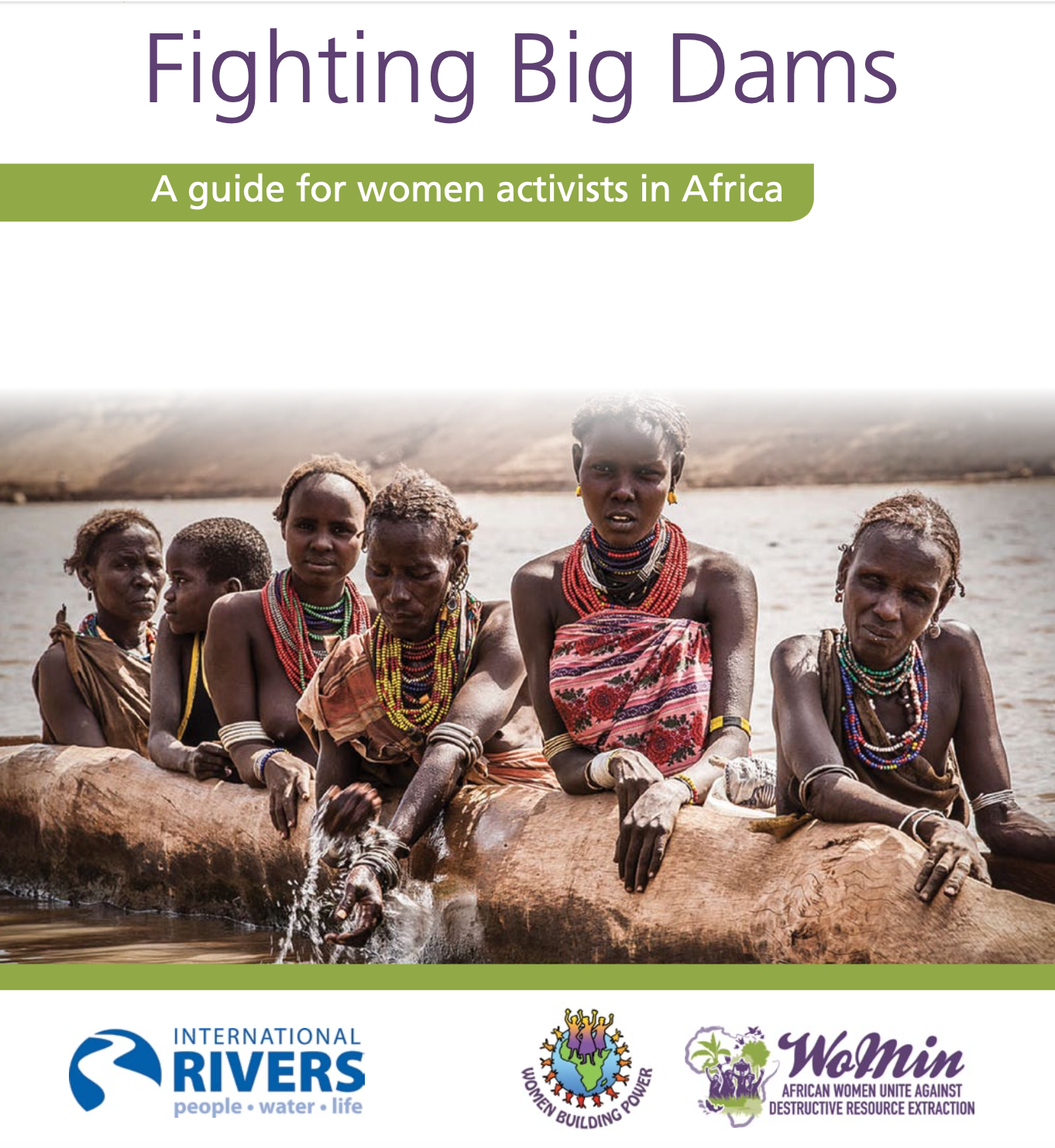
Reckless Endangerment: Assessing Responsibility for the Xe Pian-Xe Namnoy Dam Collapse (2019)
On July 23, 2018, an auxiliary dam of the Xe Pian-Xe Namnoy Hydropower Project in Laos collapsed, unleashing a rushing wall of water that killed dozens of people and flooded thousands of homes and farms. The floodwaters reached into northern Cambodia, destroying crops and property some 80 kilometers away. On the anniversary of the dam collapse a this report examines the situation for survivors.
Fighting Big Dams: A guide for women activists in Africa (2019)
Big dams damage people’s relationship with their land, water, way of life and livelihoods, and have impoverished and displaced communities. They also increase national debt burdens– all while driving corruption and lining the pockets of developers. Dams pose an even bigger threat to peasant and working-class women who stand to lose the most from these projects but women are fighting back against big dams to protect their families, livelihoods, and communities. This guide is designed to help women working towards a just and sustainable energy future.
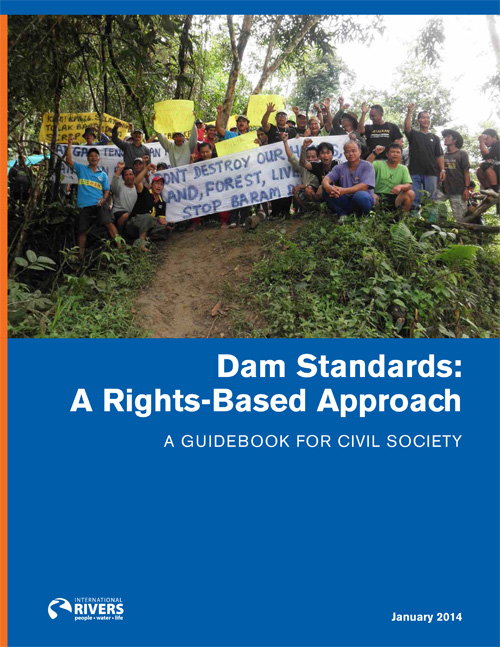
Dam Standards: A Rights-Based Approach (2014)
Dam Standards: A Rights-Based Approach attempts to summarize the strongest social and environmental standards related to each stage of a dam’s project cycle: from strategic planning, to project analysis, to implementation, operation, and dam decommissioning. The guide takes the position that the most effective standards are those that safeguard the rights of dam-affected people, avoid risks, and allow the public to hold governments, institutions, and companies accountable.
Sustainable Alternatives
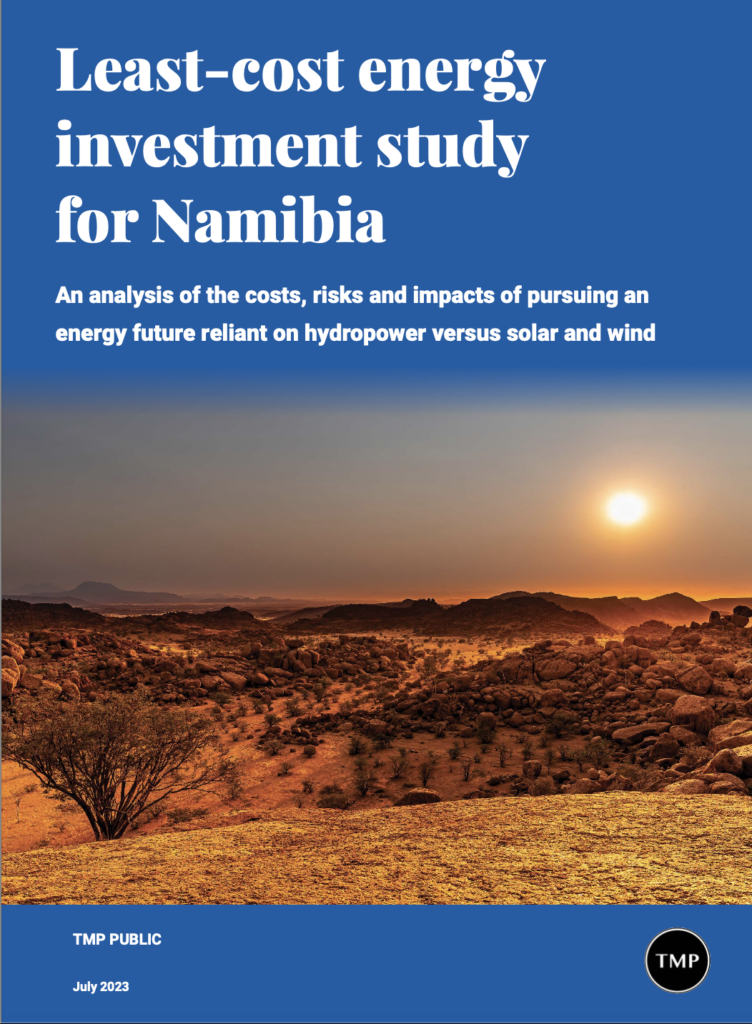
Least-cost energy investment study for Namibia (2023)
Namibia is at a crucial point in its energy system development and must make difficult decisions over the coming years to increase energy supply as demand could double in the next 20 years, while also managing costs and negative impacts. Energy experts from TMP Systems electricity sector assessment demonstrate that solar and wind represent the least-cost pathway to meeting Namibia’s current and future energy demand.
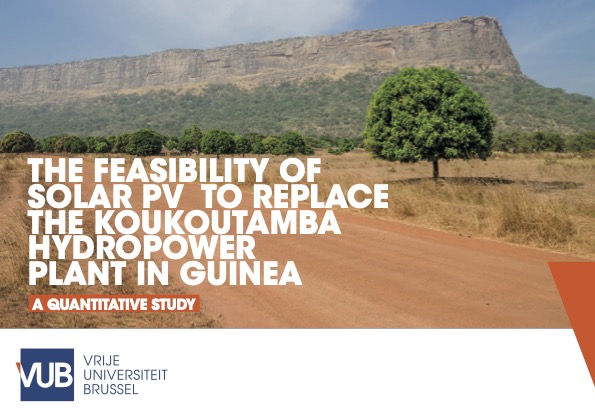
The feasibility of solar PV to replace the Koukoutamba hydropower plant in Guinea (2022)
Energy experts from Vrije Universiteit Brussel (VUB) with support from International Rivers released a study. Study author, Dr. Sebastian Sterl from the International Renewable Energy Agency (IRENA) found that Guinea could readily accommodate large amounts of solar power into the existing grid, and this would be both cheaper and faster to deploy than the Koukoutamba dam.
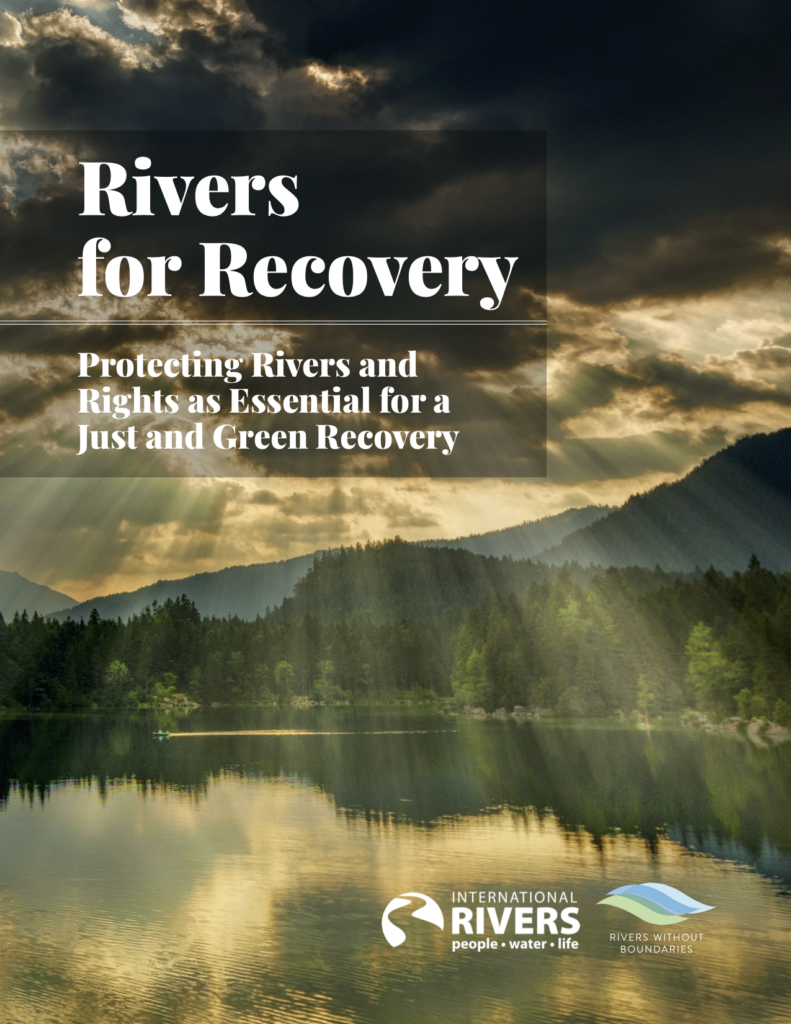
Rivers for Recovery: Protecting Rivers and Rights Essential for a Just and Green Recovery (2021)
The Rivers for Recovery report, by International Rivers and Rivers without Boundaries, provides an indicative list of destructive projects that are yet in the pipeline but could be stopped with forward-thinking on cheaper, cleaner options by governments; a chance to avoid crippling new debt in the post-pandemic recession. It also provides a detailed roadmap that not only calls for a moratorium on new dams in the economic recovery, but investments in alternatives and increasing efficiency of current dams, and commitments to protect critical biodiversity and the world’s remaining, free-flowing rivers.
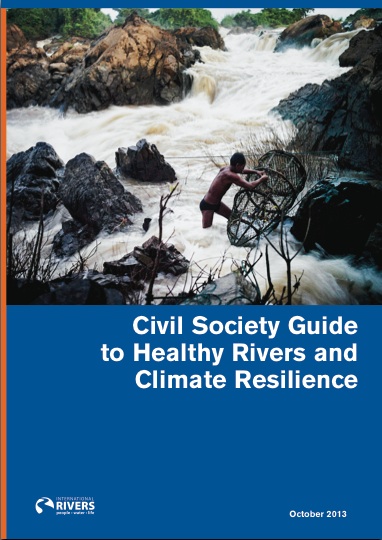
Civil Society Guide to Healthy Rivers and Climate Resilience (2013)
Healthy rivers are critical for helping vulnerable communities adapt to a changing climate – protecting them now is a community’s health insurance policy for the future. With the help of a number of partner organizations, we have developed the Civil Society Guide to Healthy Rivers and Climate Resilience. Using case studies and examples from around the world, the guide answers questions that help assess, address, and adapt to a world of increasing climate risks.

Designing Low Carbon Electricity Futures for African and Other Developing Countries (2015)
This paper examines recent studies to assess the prospects for renewable energy development in developing countries, with a particular emphasis on African countries. Evidence shows large potential for wind and solar resources, and opportunities for their development with low social and environmental impacts. Critical to the discussion are the emerging strategies that are being deployed around the world to efficiently manage the variability and uncertainty of large-scale grid-connected wind and solar energy generation.
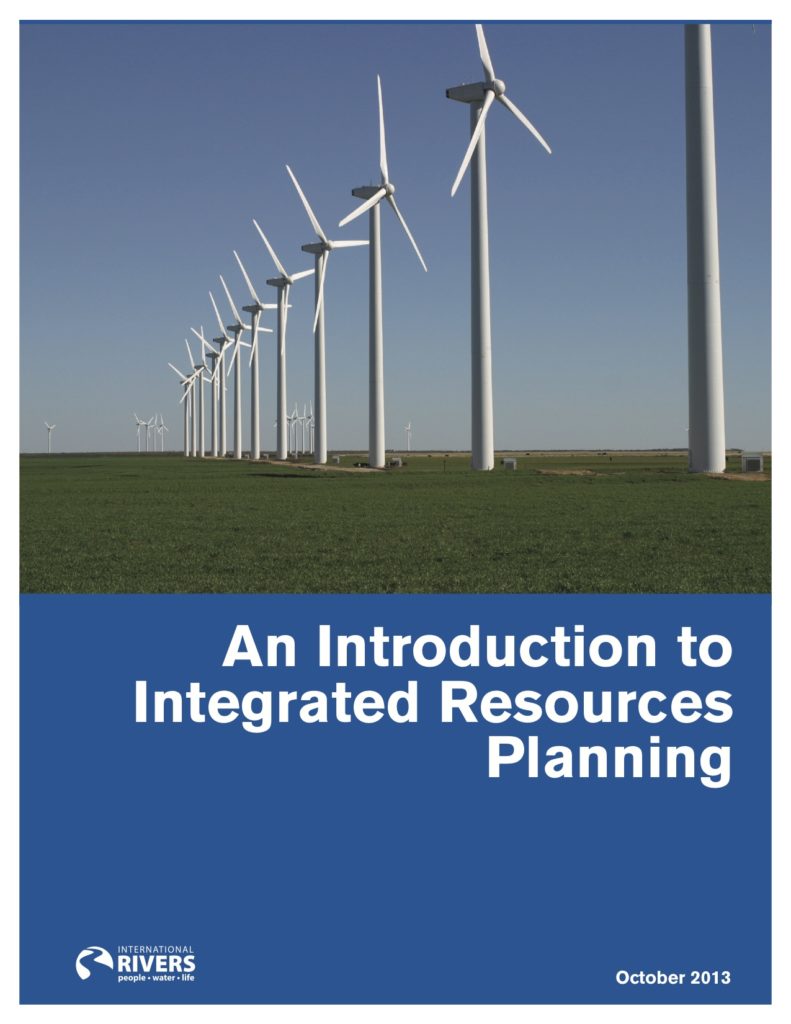
An Introduction to Integrated Resources Planning (2013)
Integrated Resources Planning (IRP) is a public process in which planners work together with other interested parties to identify and prepare energy options that serve the highest possible public good. This guide to Integrated Resource Planning introduces the IRP concept, contrasts it with conventional practices of power sector planning, and explains the IRP process step by step. The report also includes best practice examples from the United States and other countries.
Environmental Defenders and Indigenous Rights
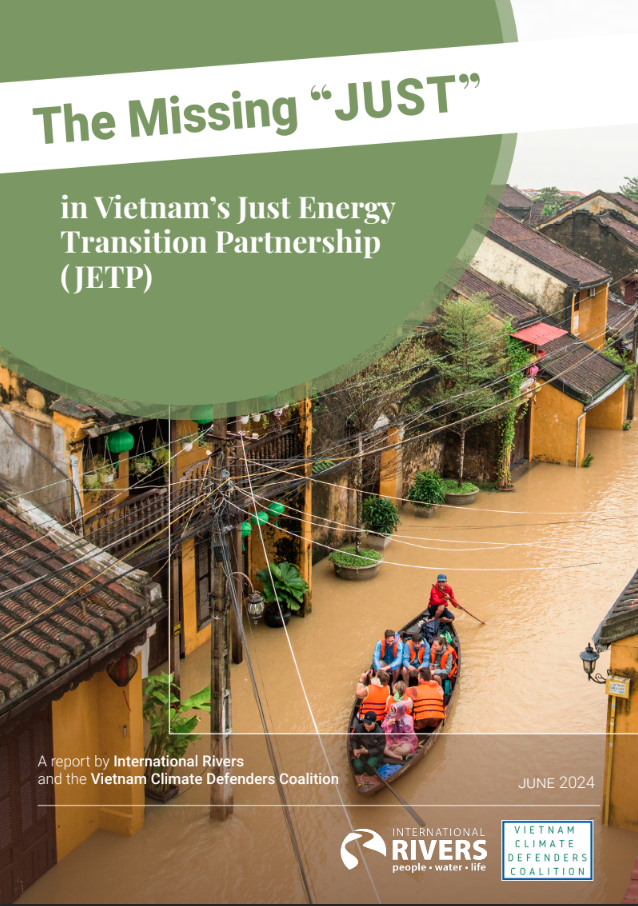
The Missing ‘Just’ in Vietnam’s Just Energy Transition (2024)
A new in-depth report about Vietnam’s Just Energy Transition Partnership (JETP) was released today, outlining the problems with the financing, governance, energy solutions, and participation necessary to achieve a truly just transition.
The report examines Vietnam’s transition away from coal-based energy from a “just” perspective, and the obstacles standing in the way. It was commissioned by the Vietnam Climate Defenders Coalition, a group of over 30 international and regional environmental, climate justice, and human rights organizations.
Available in English, Vietnamese and French

Biocultural Community Protocol of the Ovaherero of the Kaokoland in Angola and Namibia (the OvaHimba) (2024)
The first written Biocultural Community Protocol (BCP) of the OvaHerero peoples of the Kaokoland in Namibia and Angola, capturing their history, cultural practices, and traditions, was launched in Opuwo, Namibia.
The BCP is a community document created to provide a roadmap for understanding the history, traditional protocols and cultural practices that have guided the sustainable use of natural resources and the Indigenous knowledge systems of the OvaHerero. It will be used to safeguard their traditional knowledge and affirm and protect their rights.
Available in English and OvaHerero.
Regional Campaigns
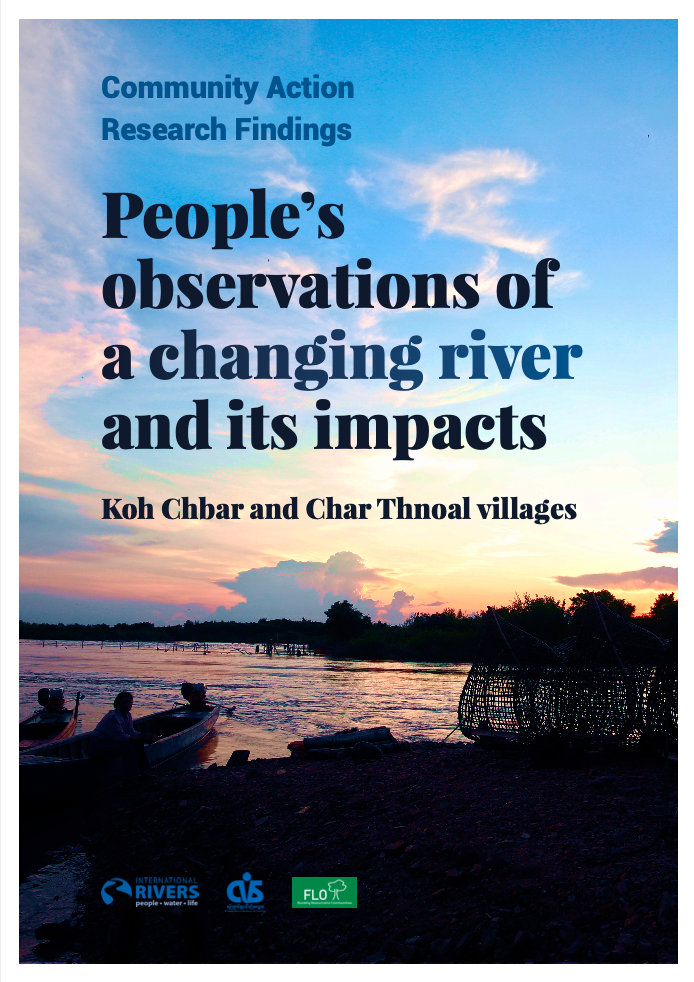
Community Action Research Findings: People’s observations of a changing river and its impacts (2023)
Over the past decade, Koh Chbar and Char Thnoal villagers living along the Mekong in Sambor district, Kratie province, Cambodia, have observed significant changes to the river ecology and resource systems on which their livelihoods depend.
Community Action Research was undertaken by community members with the support from International Rivers and Cambodia Volunteers for Society (CVS) to collect and analyse data, building on local knowledge and lived experiences.
Available in English and Khmer
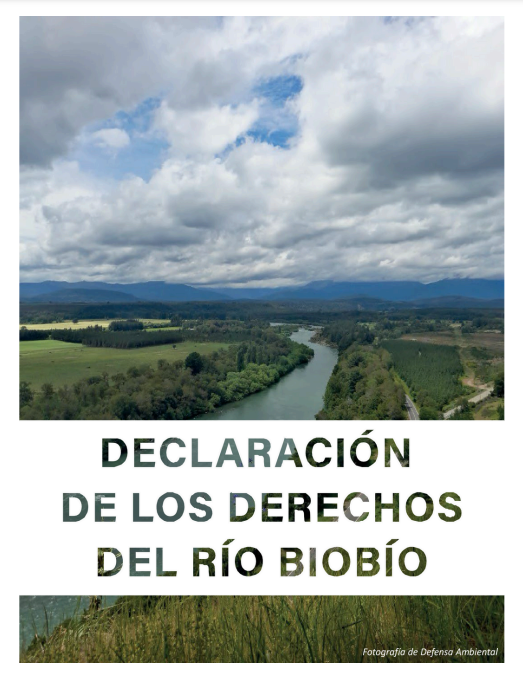
Declaration of Rights of the Biobío River (2024)
After an extensive study and widespread public consultation, Biobío River basin communities, scientists, and organizations unveil a groundbreaking Declaration seeking to secure rights for Chile’s Biobío River amidst escalating environmental threats. Inspired by legislative advances in many nations regarding the permanent protection of rivers, riparian communities have come together to develop a Declaration of Rights and recognize the inherent rights of the Biobío River to exist, flow and regenerate, in order to guarantee the preservation of its ecosystem functions and the rights of present and future generations.

Para Proteger a Bacia do Tapajós, é necessário apostar em Technologias Biossustentáveis Desenvolvidas Dentro da Região para (2022)
Publicação da International Rivers traz estudos inéditos sobre riqueza socioambiental e de biodiversidade da bacia do Tapajós, como também potenciais ameaças de exploração do território. Mais Informações
Access the full publication (In Brazilian Portuguese)
Access the executive summary (in English and Spanish)
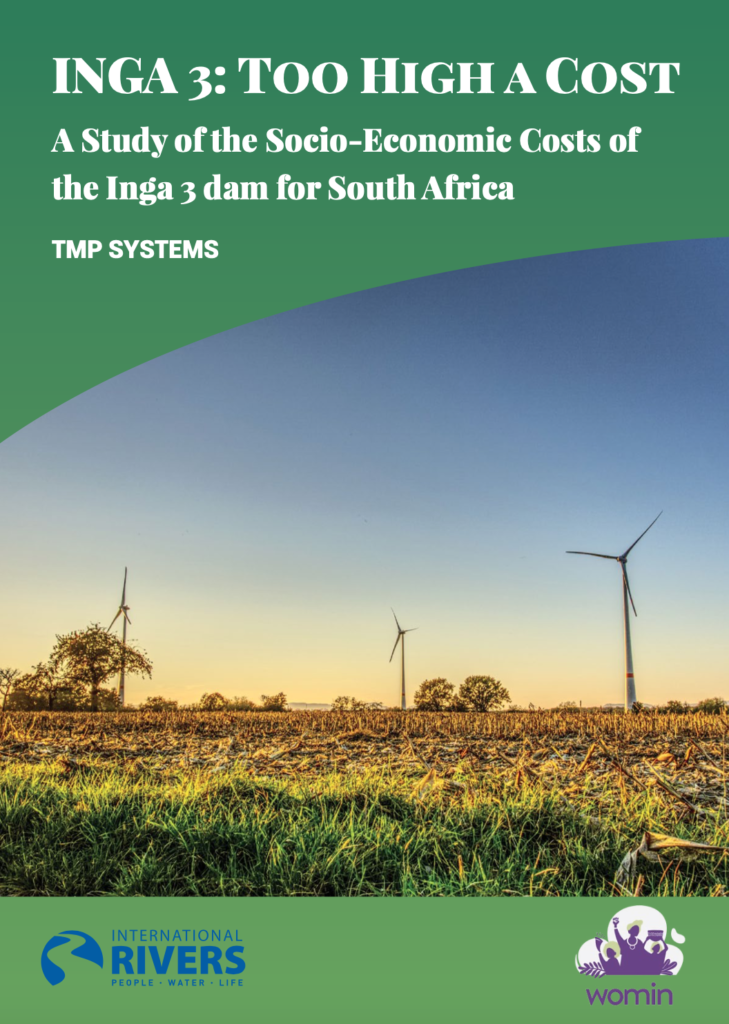
INGA 3: Too High a Cost – A Study of the Socio-Economic Costs of the Inga 3 Dam for South Africa (2021)
This report assesses the socio-economic impact of the Inga 3 dam with a particular focus on South African citizens and on women. It looks at the commercial case for the dam, comparing it on price with alternatives before weighing positive and negative social and environmental impacts against each other. Our report suggests that Inga 3 will deliver poor outcomes for South Africans at a very high price. At a time of high debt and unemployment, alternatives appear to offer a more prudent energy strategy with more substantial social benefits.
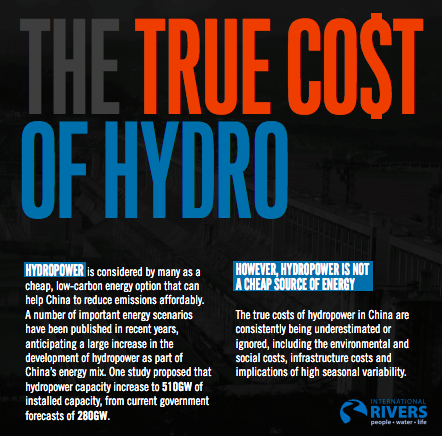
The True Cost of Hydropower in China (2014)
The True Cost of Hydropower report demonstrates that it is possible for China to reduce its carbon emissions without increased hydropower exploitation. Supported by the Energy Transition Research Institute (ENTRI), the report presents an electricity sector development model for China which only allows for a very limited increase in hydropower generation to conserve China’s magnificent south-west rivers. The ENTRI model shows that with ambitious investments in renewable energy sources such as wind and solar, the country can massively reduce carbon emissions, protect its rivers and reduce economic costs at the same time.
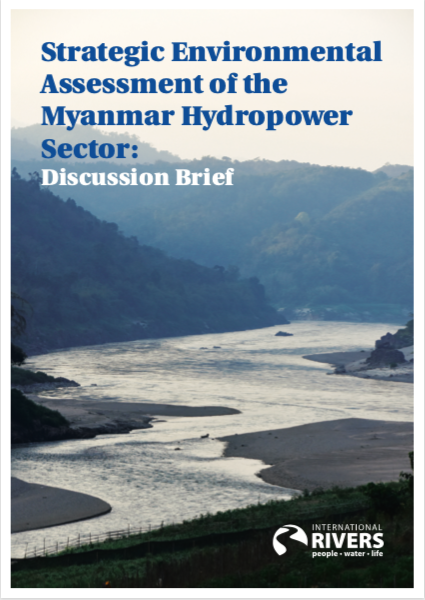
Strategic Environmental Assessment of the Myanmar Hydropower Sector: Discussion Brief (2018)
This brief introduces the Strategic Environmental Assessment of the Myanmar Hydropower Sector and seeks to generate dialogue, including around the study’s process, findings and recommendations. The brief offers perspectives on the assessment’s outcomes—outlining the limitations and concerns with the assessment as well as ways its analysis and recommendations can be used to support a more equitable, inclusive, rights-based and environmentally sound future for Myanmar’s rivers and energy systems.
